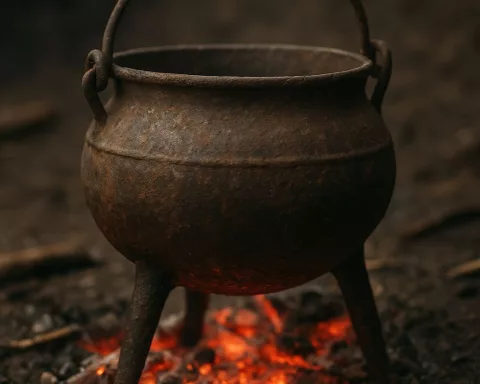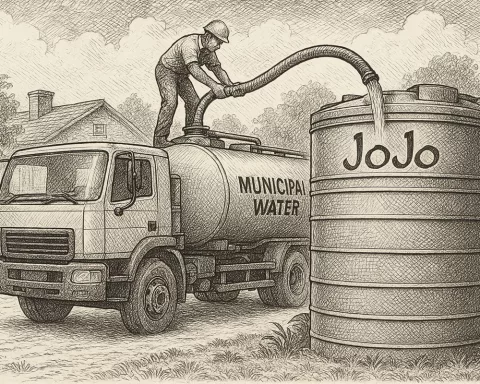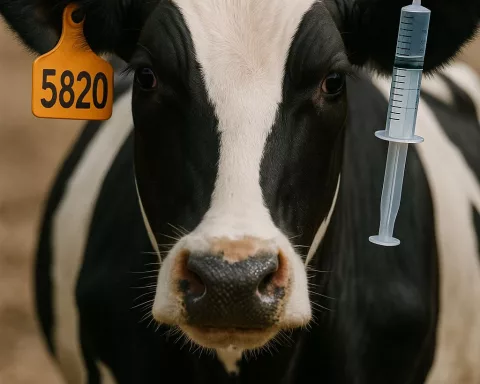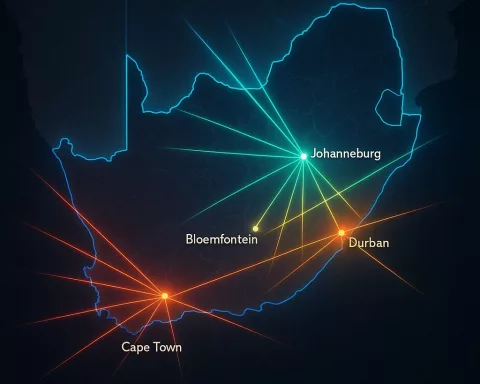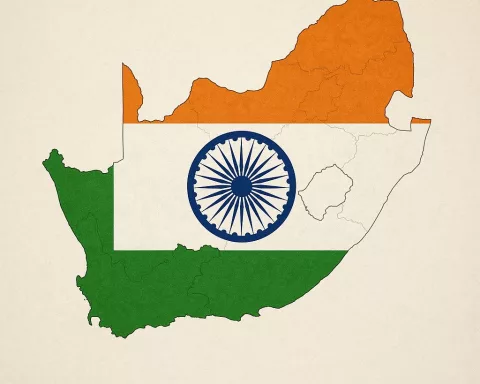The Hartebeespoort Dam recently celebrated its centennial anniversary, commemorating a century of providing crucial water supply to communities in South Africa. The event, spearheaded by Minister of Water and Sanitation, Mr. Senzo Mchunu, aimed to not only honor the dam’s past but to also foster knowledge about holistic water resource management and water quality. The celebration emphasized the importance of cooperation and efficient management of water resources, underscoring the need for enduring alliances among the government, private sector, and communities to ensure sustainable utilization of water resources for the next hundred years and more.
Building Partnerships for the Future
Commemorating a Century
This year, the revered Hartebeespoort Dam reached an impressive milestone, celebrating a hundred years of existence. As a key player in South Africa’s history and evolution, the dam’s centennial was recognized with a grandiose ceremony, spearheaded by the Minister of Water and Sanitation, Mr. Senzo Mchunu.
Having been erected in September 1923, the Hartebeespoort Dam has, for a century, acted as a crucial water supply, propelling the growth and prosperity of the communities around it. The dam’s narrative forms an integral part of South Africa’s chronicle, and its centennial fête aptly underscored its significance.
The occasion, which took place on 27th November 2023, aimed not only to honor the dam’s past, but also to foster knowledge about holistic water resource management and water quality. The event was designed to champion cooperation among the government, the private sector, and local communities, in an effort to guarantee proficient management of the dam’s water resources.
Building Partnerships for the Future
The Department of Water and Sanitation joined forces with Magalies Water, a departmental agency based in the North West, and the provincial government to orchestrate the event. An array of other organizations, comprising the North West Parks and Tourism Board, South African Resource Heritage Agency, and Magalie-Biosphere, also partook in the event, presenting a panorama of collaboration and shared objectives for the dam’s future.
The centennial ceremony proceeded in three phases, commencing with the reveal of the centennial plaque at the dam’s wall. This was followed by a boat cruise and media interviews at the site, symbolizing the initiative’s commitment to transparency. The concluding phase included a community engagement session at Oberon Eagle Waters, underlining the necessity of community involvement in the dam and its surrounding water resource’s administration.
The media was extended an invitation to the event, reflecting the government’s commitment to open communication. The celebration offered a platform for the media to engage with the Minister and other key players, fostering a deeper comprehension of the issues at stake and the dam’s role in the South African environment.
Looking Forward to a Sustainable Future
Mr. Senzo Mchunu’s participation in the centennial event highlights the emphasis the government lays on the dam and its future. His guidance during the celebration mirrors the government’s commitment to promoting sustainable and proficient water resource management in South Africa.
Beyond the festivity, the event acts as a reminder of the importance of cooperation and efficient management of water resources. It underlines the need for enduring alliances among the government, the private sector, and communities in order to ensure the sustainable utilization of water resources.
Having stood firm for a century, the Hartebeespoort Dam is not merely a symbol of South Africa’s past, but also a beacon of its future. As we applaud its hundred years, let’s also pledge to ensure its sustainability for the next hundred and more.
The centennial celebration of the Hartebeespoort Dam is more than just a tribute to its history; it’s a guiding light towards a future of resource sustainability and community collaboration. It serves as a well-timed reminder of our shared duty in preserving our water resources and the role these resources play in our nation’s growth and prosperity.
1. What is the Hartebeespoort Dam, and why is its centennial significant?
The Hartebeespoort Dam is a reservoir in South Africa that has provided crucial water supply to communities for a century. Its centennial anniversary is significant as it is a recognition of its importance in South Africa’s history and evolution.
2. Who spearheaded the centennial celebration of the Hartebeespoort Dam?
The centennial celebration of the Hartebeespoort Dam was spearheaded by the Minister of Water and Sanitation, Mr. Senzo Mchunu.
3. What was the aim of the centennial celebration of the Hartebeespoort Dam?
The aim of the centennial celebration was not only to honor the dam’s past but also to foster knowledge about holistic water resource management and water quality. The event also emphasized the importance of cooperation and efficient management of water resources.
4. Who joined forces to orchestrate the centennial event of the Hartebeespoort Dam?
The Department of Water and Sanitation joined forces with Magalies Water and the provincial government to orchestrate the centennial event of the Hartebeespoort Dam. Other organizations like the North West Parks and Tourism Board, South African Resource Heritage Agency, and Magalie-Biosphere also participated.
5. What were the three phases of the centennial ceremony of the Hartebeespoort Dam?
The centennial ceremony of the Hartebeespoort Dam proceeded in three phases, which were the reveal of the centennial plaque, a boat cruise and media interviews, and a community engagement session.
6. What is the government’s commitment to promoting sustainable and proficient water resource management in South Africa?
The government’s commitment to promoting sustainable and proficient water resource management in South Africa is reflected in the participation of the Minister of Water and Sanitation, Mr. Senzo Mchunu, in the centennial celebration of the Hartebeespoort Dam. The event underlines the need for enduring alliances among the government, the private sector, and communities to ensure the sustainable utilization of water resources.




